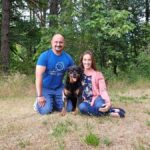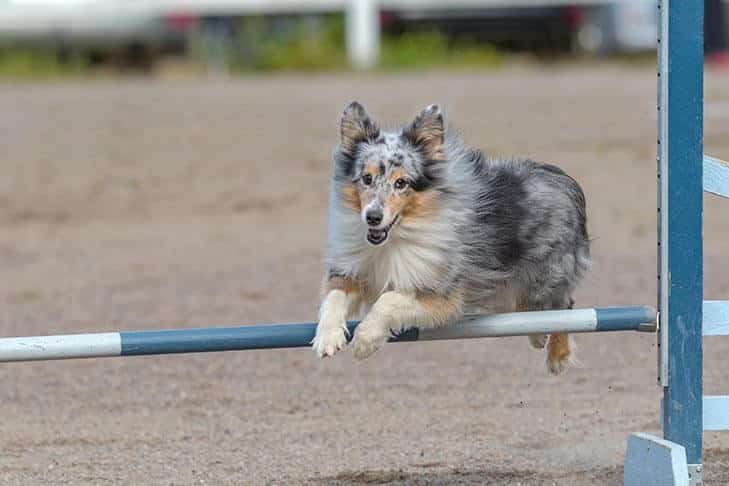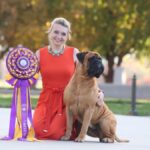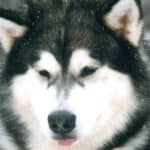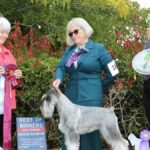Interview with Herding Group Judge Dr. Albert Bianchi
Where do I live? How many years in dogs? How many years as a judge?
Dr. Albert Bianchi: I live in Virginia Beach, Virginia. I have been in dog for 48 years, 31 as a judge.
What is my original breed? What is/was my kennel name?
Dr. Albert Bianchi: My original breed is the Shetland Sheepdog. Chelsea is our kennel name.
Can I list a few of the notable dogs I’ve bred? Any performance or parent club titles?
Dr. Albert Bianchi: Notable dogs include CH Chelsea Lynmark Love Affair (National Specialty Winner), CH Chelsea Sunebank Trader (National Specialty AOM), and CH Sunebank Summer Secrets (Multi-Group and Veterans Winner). We did obedience in the early years, earning a couple CDs.
What are the qualities I most admire in the Herding breeds?
Dr. Albert Bianchi: I admire the desired expression that exhibits intelligence and interest in doing their jobs; physical condition and the “build” to do their jobs.
Have I judged any Herding Group Specialties?
Dr. Albert Bianchi: Yes, and of course, the Herding Group at all-breed shows many times.
Do I find that size, proportion, and substance are correct in most Herding breeds?
Dr. Albert Bianchi: In general, yes, and I try to select for the proper shape in each breed standard; proportions such as square, longer-than-tall, etc.
Is breed-specific presentation important to me as a judge? Can I offer some examples?
Dr. Albert Bianchi: Presentation surely is part of the picture in assessing each breed. Watching side gait and stacking in German Shepherd Dogs; evaluating expression with head, eyes, and ears on Collies; and, in general, movement at the appropriate speed for each breed, for assessing head, topline, tail carriage, and facility in motion.
What about breed-specific movement? Do I demand this from Herding Dogs?
Dr. Albert Bianchi: Yes, and as indicated above, I try to select for this as well. Breed-specific movement is an important part of type.
Are the Herding breeds in good shape overall? Any concerns?
Dr. Albert Bianchi: In general, the breeds are in good shape. Australian Shepherds, Canaan Dogs, Belgian Malinois, Bergers Picard, and Pembrokes are particularly strong at this time. For some breeds, more often in the classes, dogs are not trained to stand for examination. This makes evaluation difficult. Sometimes I come across exhibits that are overweight or out of condition. This really detracts when assessing for placements.
In my opinion, how do today’s exhibits compare with the Herding Dogs of the past?
Dr. Albert Bianchi: In some breeds, past dogs were stronger, but in others the breed has progressed. (I know that this is a “squishy” answer.) The more important thing is that my overall impression is that the dogs that come to me in the Group line-ups are, with little exception, strong representatives of their breed. It is exciting to make cuts and placement choices from among them.
Why do I think Herding Dogs can often become outstanding Show Dogs?
Dr. Albert Bianchi: The breeds in the Herding Group are typically animated, responsive to the handler, give the look of intelligence, and are in good physical condition. They gait well and look like a show dog should.
Just for laughs, do I have a funny story that I can share about my experiences judging the Herding Group?
Dr. Albert Bianchi: Once, in Group judging, I had a Pyrenean Shepherd that just wanted to show how smart and athletic he was. As he approached for his turn, he jumped on the ramp, up onto the table, back onto the ramp, and back onto the table for his exam.
